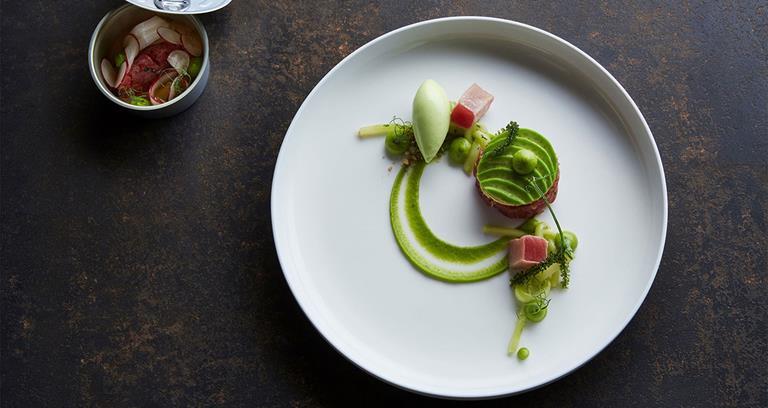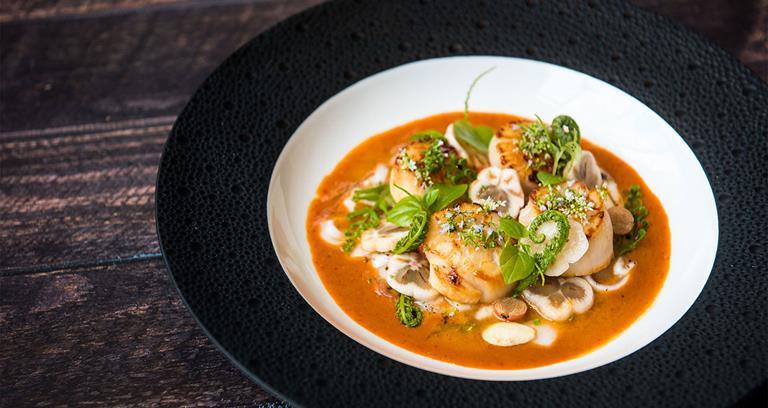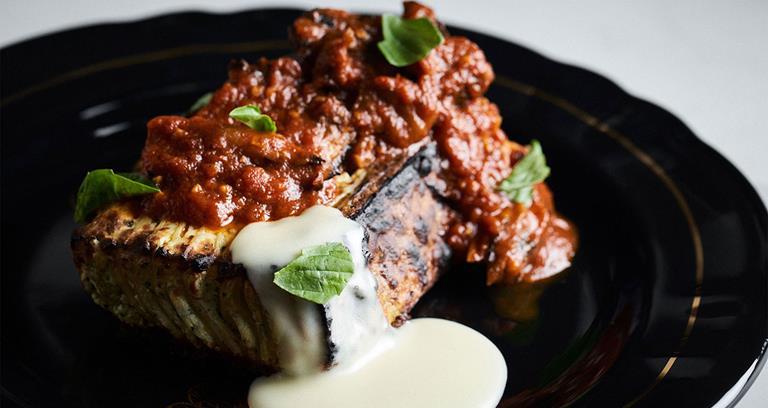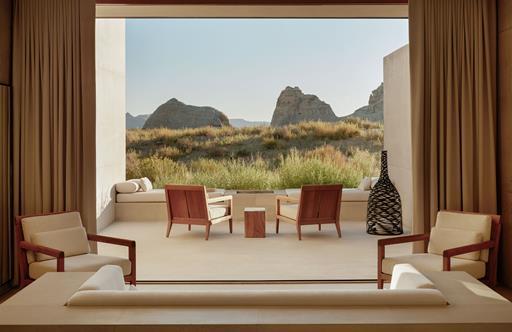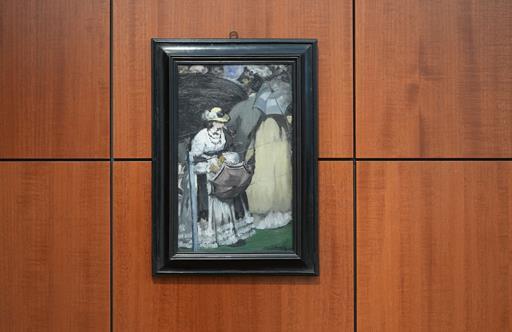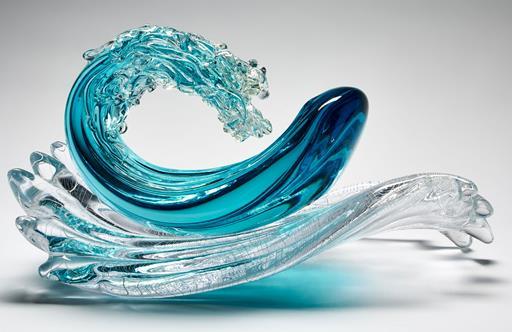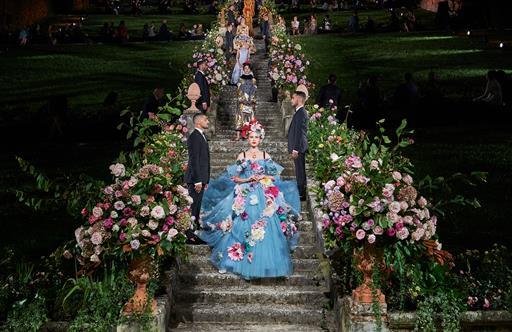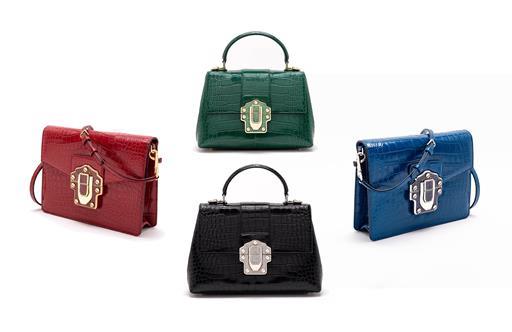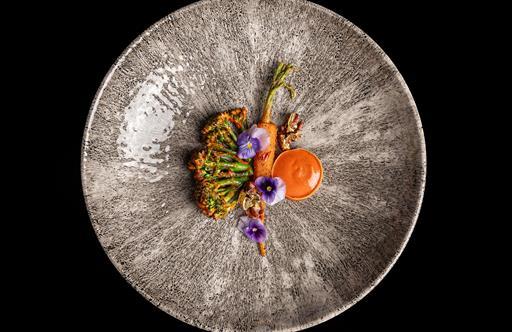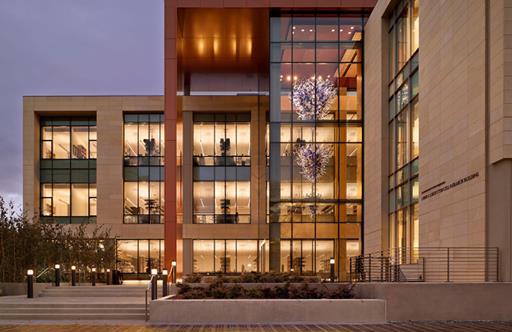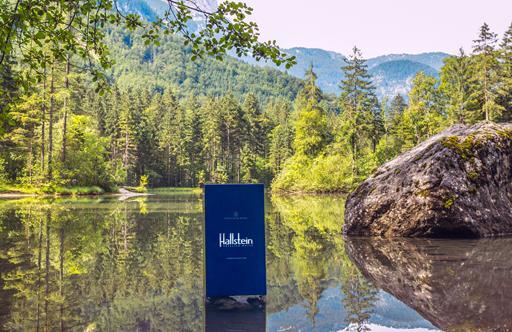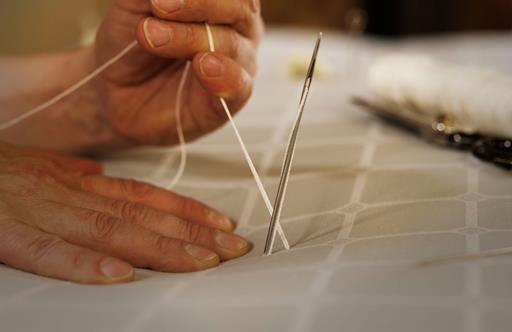Making a Michelin-Starred Dish
Five Michelin-starred chefs share how they create a new dish
What makes a Michelin-starred dish…aside from the impeccable flavours, textures and sheer artistry. To answer this, we tasked five chefs of Michelin-starred restaurants from around the world to guide us through their creative process when it comes to creating a perfect plate.
Thomas Pedevilla – EDVARD, Vienna
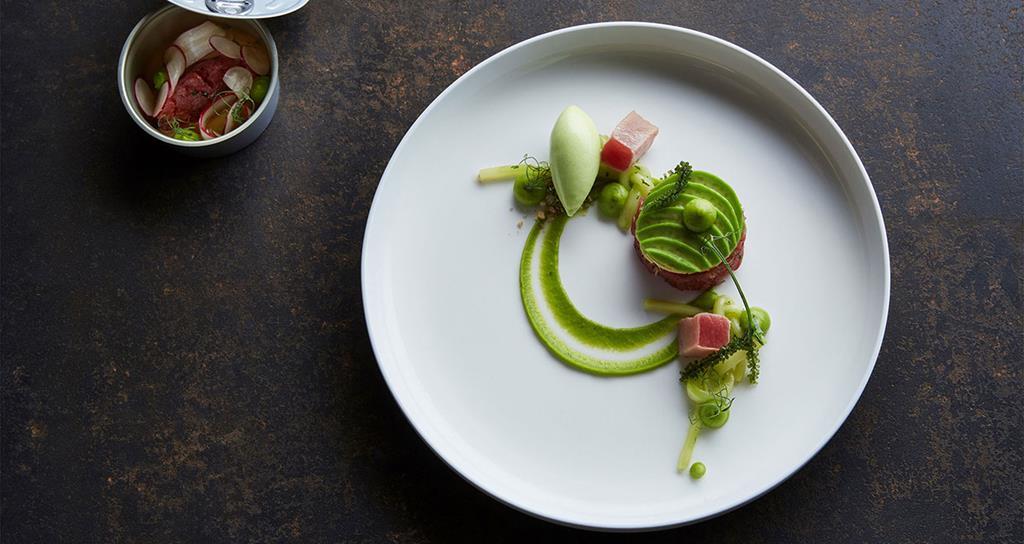
"I usually get my inspiration from the seasons and from nature. I also like to travel a lot and the local cuisine is of course always at the top of the "sightseeing" list: traditional markets, street food and restaurants. I enjoy trying new and exciting combinations and including them in my dishes. Back at the restaurant, it can take days for a dish to be created. My team and I sit down together and work on it, and until we are convinced, and everyone has expressed their opinion, no dish is ready to be served".
Asimakis Chaniotis – Pied à Terre, London
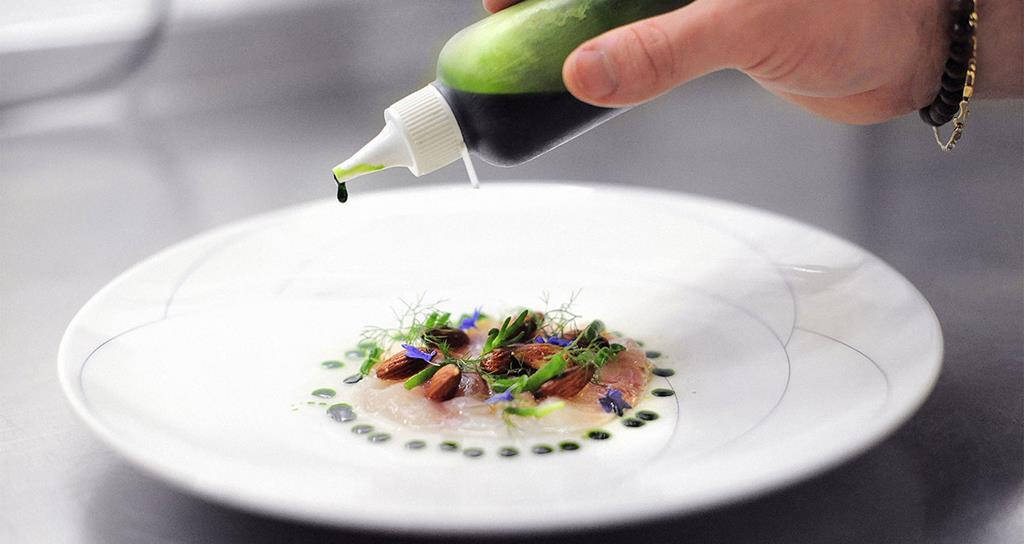
"My priority 100% is that the food needs to be super tasty. Then, after that, it’s my job to bring in part of the ‘graffiti crew’ from when I was young. I want colours. I want it to look like a painting, to be honest. One of the things I’m doing is when I’m creating a dish, and I see that the dish is happening somewhere else in the world, I take it off the menu and put in something new. I want to create very unique food, so that [guests] will leave and think, ‘this is a meal I’ve never had before’".
Kirk Westaway – Jaan, Singapore

"With all my dishes, the ingredient is the most important element. Once that component is determined, we just add layers to make it something special. Texture is a huge part of what I look into. If something isn’t right or we haven’t achieved the correct texture, I find a way to alter the dish. Whether it’s a crunch from vegetables or dried crumbs, the pastry case for the pie, or the meringue in the Eton Mess, texture is crucial to every single thing that we do".
Bee Satongun – Paste, Bangkok

"I wish there were a simple answer, but the reality is that it’s often a very extensive process of refining the recipe. We start by working with the freshest seasonal produce, sourcing a lot of our ingredients from Nan River valley in northern Thailand bordering Laos, which is a beautiful fertile area with ingredients and herbs that are hard to find. The tricky part is achieving harmony in the overall flavour so that it’s very nuanced, while remaining true to traditional Thai tastes and appealing to international diners".
Bradley Kilgore – Alter, Miami
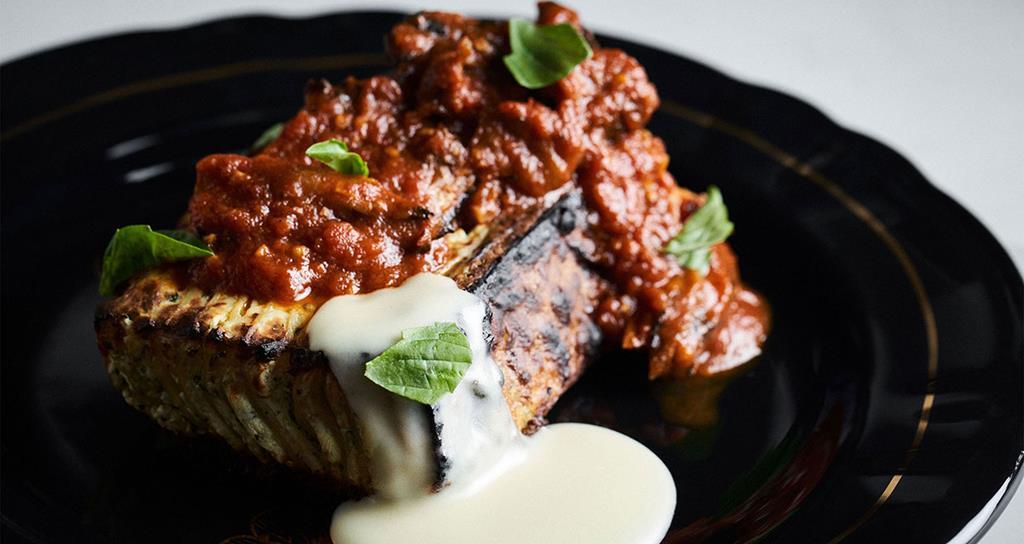
"The process for a new dish varies by restaurant, but at Alter it can come from so many sources. I like to travel to expand my mind and to see and taste new things. Sometimes mother nature or architectural designs can be sources of inspiration, and other dishes can just be on a whim. I am always trying to imagine the guests’ experience, so visuals and textures are important as well. The components of a dish that make it a classic are usually the same that make it memorable. At Brava, we may keep those components in the same form, or we may alter them completely – as seen with our Chicken Piccata, where instead of offering standard capers within the sauce, we turn them into a very thin crisped film that we lay over the chicken itself".
